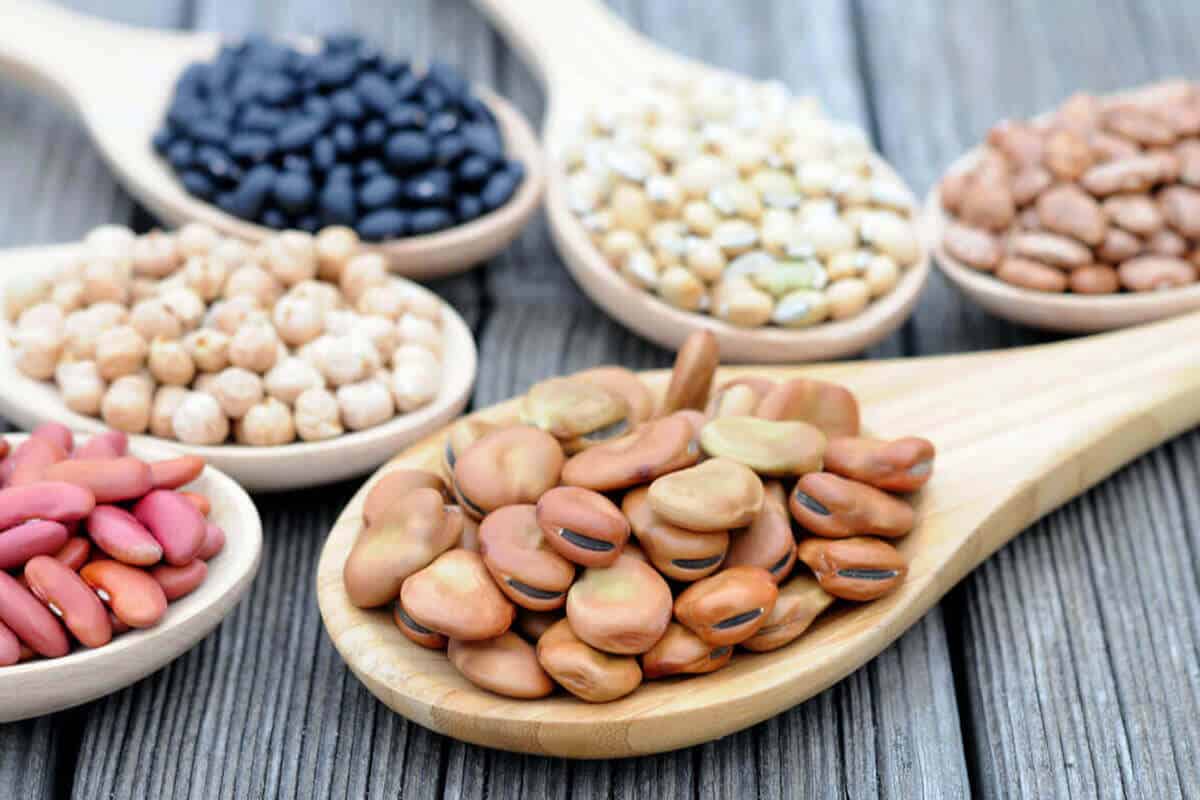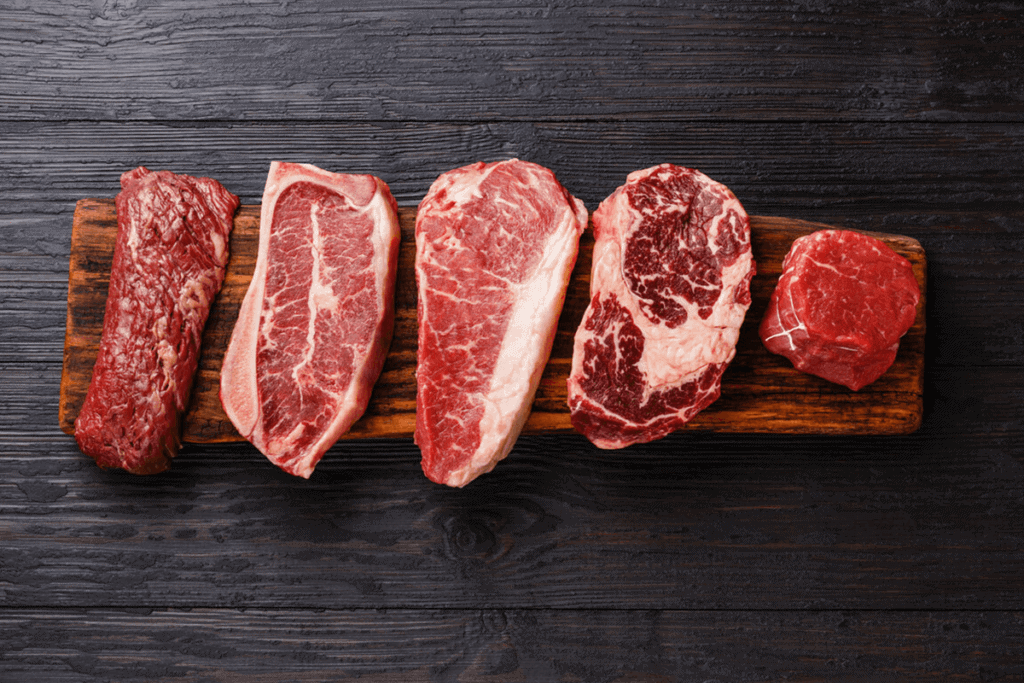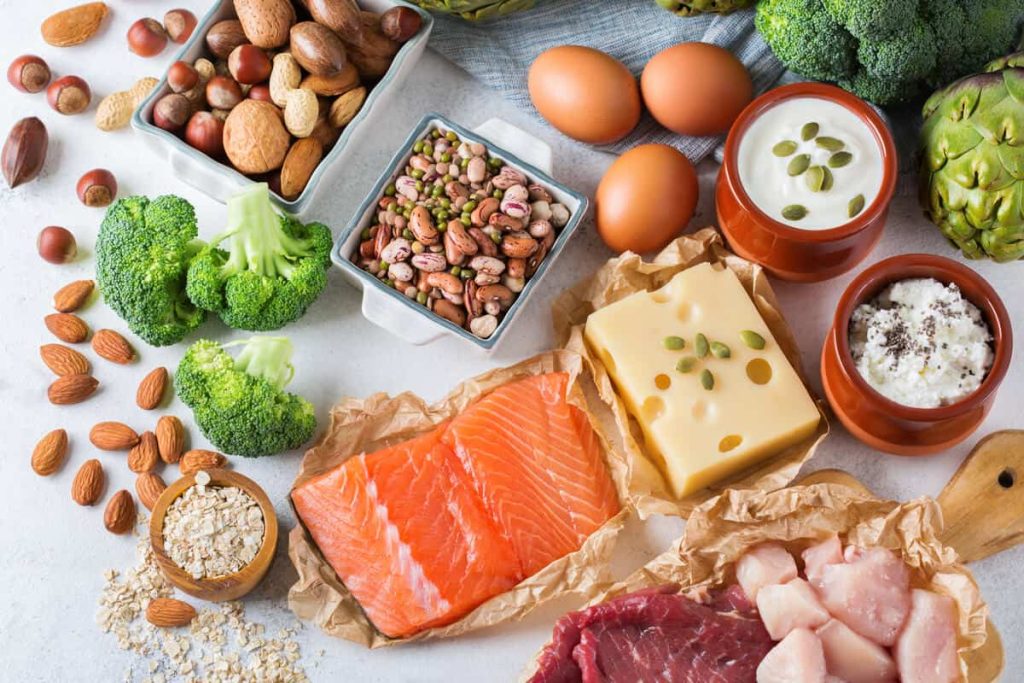Despite scientific and medical advancements, the prevalence of chronic diseases, such as obesity, diabetes, hypertension, and coronary artery disease, continues to increase, placing a significant burden on the healthcare system. (5) In particular, hypertension, which affects approximately 78 million adults in the U.S., is a risk factor for cardiovascular diseases such as heart disease and stroke, two leading causes of death in the country. (1)(19)
As dietary and lifestyle factors have been shown to play a role in the development of chronic health conditions, many organizations, such as the National Institutes of Health, are now considering integrative strategies to address these conditions. (5) Common recommendations for hypertension include increasing potassium intake, reducing sodium intake, and adhering to certain dietary patterns. (1) The DASH diet, developed in 1995, continues to be one of the most recommended dietary patterns for hypertension. (1)(18)
Read on to learn more about the DASH diet and its health benefits.
 The DASH diet is a dietary pattern recommended to improve cardiovascular health and manage hypertension.
DASH diet-approved foods include:
The DASH diet is a dietary pattern recommended to improve cardiovascular health and manage hypertension.
DASH diet-approved foods include:
 A variety of plant-based protein sources should be consumed on the DASH diet, such as beans, legumes, nuts, and seeds.
5. Consume two to three servings per day of low-fat dairy, including cheese, milk, and yogurt. (3)(13) While low-fat dairy is typically recommended on the DASH diet, one study examined the effects of the diet when low-fat dairy was substituted for full-fat dairy. The results demonstrated that a high-fat DASH diet was as effective at lowering blood pressure compared to the typical low-fat alternative. The high-fat diet also appeared to reduce very-low-density lipoprotein (VLDL) cholesterol and triglyceride levels without increasing levels of low-density lipoprotein (LDL) cholesterol significantly. (7)
6. Consume two to three servings per day of good quality fats and oils, such as avocado, flax seeds or flaxseed oil, hemp seeds, olive oil, and omega-3-rich fish. Poor quality fats, such as margarine, partially hydrogenated vegetable oils, and shortening, may contribute to hypertension and should be avoided. (13)
7. Reduce sodium intake to less than 2300 mg per day. Commonly recommended on the DASH diet, further reducing intake of sodium to 1500 mg per day has been shown to provide greater blood pressure lowering effects. (3)(13) One study examining the effects of a reduced sodium (less than 1500 mg per day) DASH diet in individuals with Stage 1 hypertension found that this dietary pattern was as effective or more effective than any anti-hypertensive medications used to lower blood pressure. (9)
A variety of plant-based protein sources should be consumed on the DASH diet, such as beans, legumes, nuts, and seeds.
5. Consume two to three servings per day of low-fat dairy, including cheese, milk, and yogurt. (3)(13) While low-fat dairy is typically recommended on the DASH diet, one study examined the effects of the diet when low-fat dairy was substituted for full-fat dairy. The results demonstrated that a high-fat DASH diet was as effective at lowering blood pressure compared to the typical low-fat alternative. The high-fat diet also appeared to reduce very-low-density lipoprotein (VLDL) cholesterol and triglyceride levels without increasing levels of low-density lipoprotein (LDL) cholesterol significantly. (7)
6. Consume two to three servings per day of good quality fats and oils, such as avocado, flax seeds or flaxseed oil, hemp seeds, olive oil, and omega-3-rich fish. Poor quality fats, such as margarine, partially hydrogenated vegetable oils, and shortening, may contribute to hypertension and should be avoided. (13)
7. Reduce sodium intake to less than 2300 mg per day. Commonly recommended on the DASH diet, further reducing intake of sodium to 1500 mg per day has been shown to provide greater blood pressure lowering effects. (3)(13) One study examining the effects of a reduced sodium (less than 1500 mg per day) DASH diet in individuals with Stage 1 hypertension found that this dietary pattern was as effective or more effective than any anti-hypertensive medications used to lower blood pressure. (9)
 Individuals following the DASH diet should limit consumption of red meat, such as beef and pork.
Individuals following the DASH diet should limit consumption of red meat, such as beef and pork.
 The DASH diet has been associated with a reduced risk of stroke, cardiovascular disease, and cardiovascular disease-related mortality.
The DASH diet has been associated with a reduced risk of stroke, cardiovascular disease, and cardiovascular disease-related mortality.
What is the DASH diet?
The Dietary Approaches to Stop Hypertension (DASH) diet is a dietary pattern recommended to improve cardiovascular health and manage hypertension (high blood pressure). The diet emphasizes the intake of minimally-processed, blood pressure-lowering foods and nutrients, and limits the intake of foods and nutrients that may contribute to hypertension. (5)
- Beans and legumes
- Fruit
- Lean meats (e.g., poultry, fish)
- Low-fat dairy
- Nuts and seeds
- Vegetables
- Whole grains (3)(5)(13)(19)
DASH diet guidelines
Outlined below are ten general guidelines to follow on the DASH diet. 1. Consume six to eight servings of grains per day, primarily whole grains such as oats, wheat, and millet. (3)(13) 2. Consume four to five servings of vegetables per day. Incorporate a variety of vegetables (e.g., starchy, non-starchy, various colors) and emphasize the intake of green leafy vegetables, such as broccoli, collards, kale, mustard greens, and spinach. (3)(13) 3. Consume four to five servings of fruit per day. Whole, low-glycemic index (GI) fruits are best. (3)(13) Examples of low-GI fruits include apples, berries, citrus fruit, peaches, and plums. (10) 4. Consume a variety of protein sources, with an emphasis on plant-based sources. Individuals should consume four to five servings per week of beans, legumes, nuts, and seeds. Consume no more than six servings per day of animal proteins, primarily composed of lean meats (e.g., poultry and fish), low-fat dairy, and eggs. Processed and cured meats should be avoided entirely as they have been shown to contribute to hypertension. (3)(5)(13)
Did you know? According to the Centers for Disease Control and Prevention, approximately 70% of sodium intake comes from processed and prepackaged food, such as canned and frozen foods, lunch meats, pre-made sauces and dressings, and white bread. (6)8. Consume five or less servings of sweets per week. (13) Added sugars, such as those commonly found in baked goods and sugar-sweetened beverages, should account for less than 10% of your total daily caloric intake. (3) 9. Limit intake of saturated fat. Similar to sugar, saturated fats should account for less than 10% of your total daily caloric intake. (3) Examples of foods high in saturated fat include red meat (e.g., beef, pork) and high-fat dairy products. (8) 10. Moderate consumption of alcohol. Women should limit alcohol intake to a maximum of one drink per day, while men should not consume more than two drinks per day. (3) Download a handout on the DASH diet.

Health benefits of the DASH diet
While typically considered a dietary approach for hypertension, research has shown that the DASH diet may provide a number of health benefits and improve various cardiovascular and metabolic conditions. The DASH diet has also been associated with a reduced risk of colorectal cancer and all-cause mortality. (5)Cardiometabolic effects
Research has demonstrated that the DASH diet may have beneficial effects on blood pressure, as well as blood sugar, lipid (e.g., cholesterol, triglycerides), and serum high-sensitivity C-reactive protein (hs-CRP) levels, (16)(20) a measure of inflammation in the body used to assess an individual’s risk for cardiovascular disease. (21) Other indicators of cardiovascular function, including carotid intima–media thickness (cIMT) and pulse wave velocity (PWV), have been shown to benefit from adherence to the diet. (12)Cardiovascular conditions
While the benefits of the DASH diet in cases of hypertension are widely accepted and supported by numerous clinical trials, (17)(18) studies have also demonstrated that adherence to the diet also reduces the risk of cardiovascular disease. One study examining the association between a DASH dietary pattern and cardiovascular disease in a population-based sample reported a reduced risk of stroke, cardiovascular disease, and cardiovascular disease-related mortality. (11) Results from another trial found that the DASH diet was beneficial for the prevention of heart failure in adults. (4)

